CREATIVE
Q: Tell us a little about yourself. Who are you and what do you do?
A: I’m an entrepreneur and photographer living in Berlin, Germany.
Q: What art technique do you use, and what motivated you to use that technique?
A: I just follow my eye and see where that takes me. I don’t think artists have “technique” until much later in their careers, and even then the process is iterative.
Q: When did you decide you wanted to be a creative photographer? And has the internet become a good or bad aspect to life as an artist?
A: The Internet has changed the way people view and interact with artistic works. This has opened up a variety of new opportunities for artists, which is very exciting. With that in mind, the Internet has also disrupted things for some artists. So I wouldn’t call it a good or bad aspect to life— just a new medium with different possibilities.

copyright © Daniel Foster
Q: What do you dislike about the world of photography?
A: Too many people are worried about what other people are doing. I can’t count the number of online discussions I’ve seen debating who is a ‘real’ photographer. Just shoot and forget about what everyone else is doing.
Q: What is the toughest thing about being a photographer?
A: There’s an administrative component many non-photographers don’t think about, and one that many photographers also neglect. But that’s the case in many fields.
Q: What made you come up with the idea of pixsy.com?
I had a self-portrait used in an online advertisement without permission several years ago, and then observed a few of my architecture photos used without authorization later on. A friend found one of her best photos used on a website selling holistic healing services. She’s been photographing professionally for twenty years and didn’t know what to do. I thought it was very unfair that a business was profiting from her work while she was debating whether or not to cancel her health insurance to pay the rent, and realized that photographers need tools to address this problem.
Q: Tell us a little about pixsy.com, and its origins.
I started working with Torsten Rüter, who developed the software, and Anders Fleck, who is now our CEO. We started off in a coworking space and the service quickly grew from there. Our team has since multiplied and we’re proud of our humble beginnings.
Q: How do you see as the future of pixsy.com, and what is the companies present status?
We currently work with thousands of photographers around the world. Last month alone, we’ve processed over 6 million photos. We’ve handled tens of thousands of cases.
Our ambition is to reach every photographer and artist. Our long-term vision is to provide support to artists in whatever manner they need. We will always help creatives resolve issues of unauthorized use, but this is only one component of many things we will do.
Q: What’s your message to the World?
A: Keep doing what you love.
INFRINGEMENT
Q: What was your first case of a piece of art being infringed upon?
A: Several friends found my picture in an online advertisement. This particular work was a self-portrait, and it was a bit eerie to see myself used in this context.
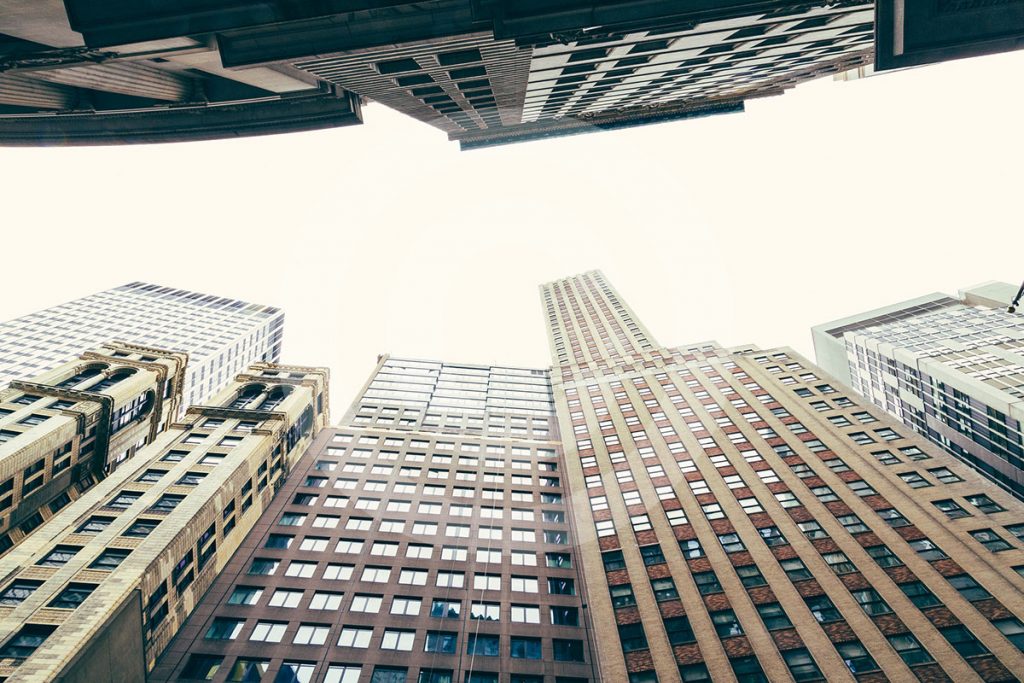
copyright © Daniel Foster
Q: How did you feel about someone stealing your artwork and making money from your hard work?
A: It’s more of an issue of respect than anything else. A lot of hard work goes into photography, as is the case in any profession, and I think the most upsetting thing is the feeling of personally being taken advantage of.
Of course there are also economic implications. But with photo theft it’s different. I wouldn’t feel taken advantage of if someone stole my car—who asks if they can steal your car? Yet it’s so easy to ask for permission to use a photo, and if you can’t find a creator, so easy to find another work to use. This is what makes image theft particularly hurtful.
Q: Do you feel it’s a necessary part of the market, to allow for free advertising?
A: I do things for free all the time — it’s nice to help others out. I would never allow free commercial use of my work. The thing is, those offering “exposure” usually have the least resources, which often means the exposure they provide is limited. When you are giving work away for free, you are doing just that— giving. I give things away when it’s for a good cause and expect nothing in return. That’s ok, but giving things away for free isn’t a strategy for success unless you’re selling drugs.
Q: What would you say to the infringers if you had the chance?
A: We have the chance to say things to infringers every day at Pixsy. Each situation is different, and there isn’t “one” thing I would tell them.
Q: How do you think this situation could be resolved?
A: Everyone in the creative ecosystem, which includes image users, just needs to be more proactive and aware.
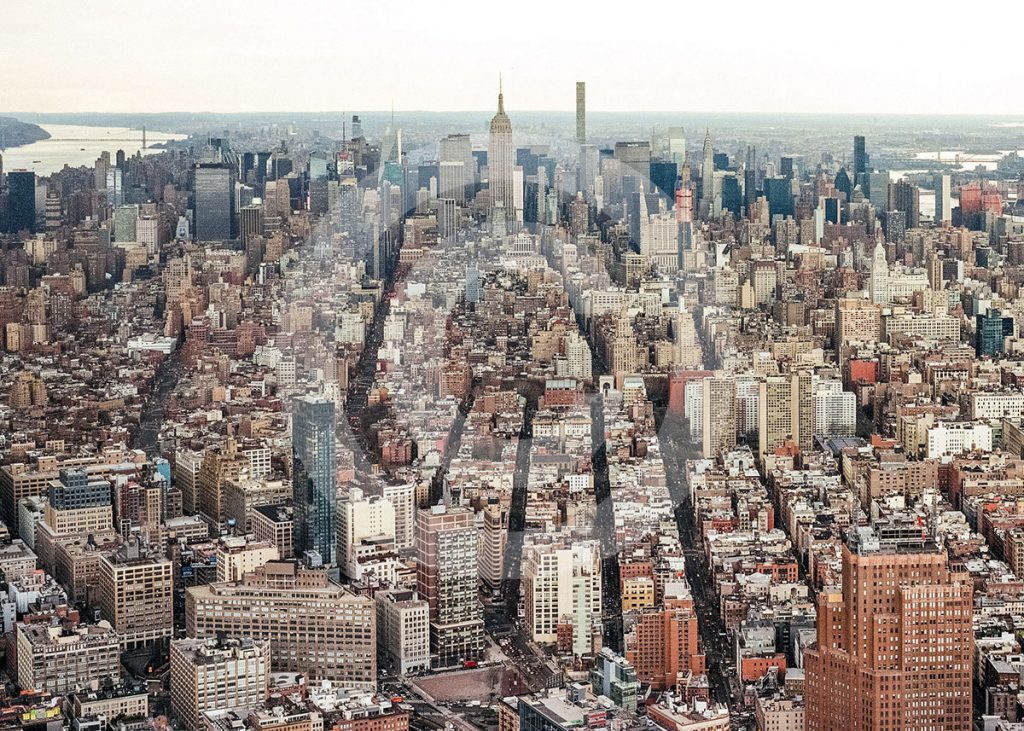
copyright © Daniel Foster
Q: Have you ever been approached about infringement you have caused, or sent an email?
A: No.
Q: Are there any flaws in image recognition technology?
False matches are a common occurrence, and something we’re working to improve. Photographers don’t often realize that many photos have components that look exactly alike, such as the Eiffel Tower or even the wheels of a car, and sorting out very subtle details between photos while also finding modified images is a very difficult task for a computer.
COPYRIGHT
Q: What is your view on copyright?
A: Copyright law needs to be made more accessible — both to photographers and to the rest of the world.
Q: Have you ever innocently, or without knowledge of copyrighted laws used other’s material for your own work?
A: No.
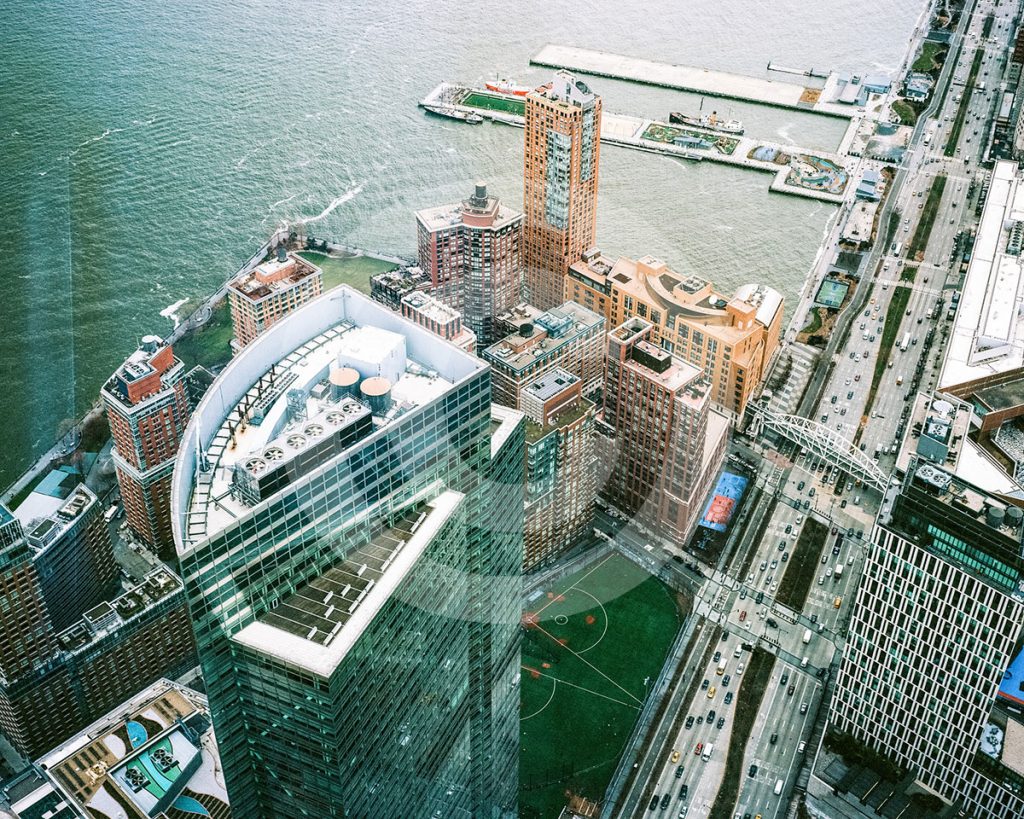
copyright © Daniel Foster
Q: How do you protect your own work against copyright theft?
A: I use Pixsy to track the use of my photos.
Q: What is the biggest flaw, misconception of the copyright law regarding users of the internet?
Too many people think that they automatically lose copyright by uploading works to Facebook or Instagram. This simply isn’t true.
Q: Does the DMCA work?
In regard to the DMCA takedown procedure and safe harbor, it’s important for the growth of the Internet that legitimately passive entities—forums, web hosts, and many social networks—have legal protection if users upload copyrighted material so long as the provider is unaware of the issue and responds quickly to resolve the matter.
This is what the DMCA was intended to do, and a number of sites are now stretching the limits of the safe harbor and abusing the law. This can’t continue in the long-run.
Q: Do you have any thoughts regarding the proposed Orphan Works Bill in the States?
There is no pending legislation I am aware of. —see https://graphicpolicy.com/2015/07/20/dont-believe-the-hyperbole-theres-no-orphan-works-law-before-congress/
Q: Do you think companies on the web do enough to protect artist’s work?
A: Others have a responsibility to respect your work. Protecting it is your job.
Q: What do you think about Creative Commons and Public Domain?
A: Creative Commons and public domain are two completely different subjects that are often confused, and addressing both at the same time will only further that confusion.
It’s great to see more work available under Creative Commons. Many Pixsy artists make their work available through Creative Commons, and even if your work is in the public domain, it’s interesting to use tools like Pixsy to see where works end up.
We have encountered some misunderstanding of how Creative Commons works among photographers, and a fair bit of abuse among infringers. Photographers should keep in mind that once a work is made available under Creative Commons, this can’t be reversed, so think carefully about what rights you are giving away. I think some of our photographers using CC-Attribution, for example, regret choosing such an unrestricted license when they see major companies using photos they otherwise would have paid for.
There are situations where image users outright ignore the Creative Commons requirements. Creative Commons is a series of licenses and the license requirements, most notably providing attribution, must be fulfilled for a license to use a Creative Commons work to exist.
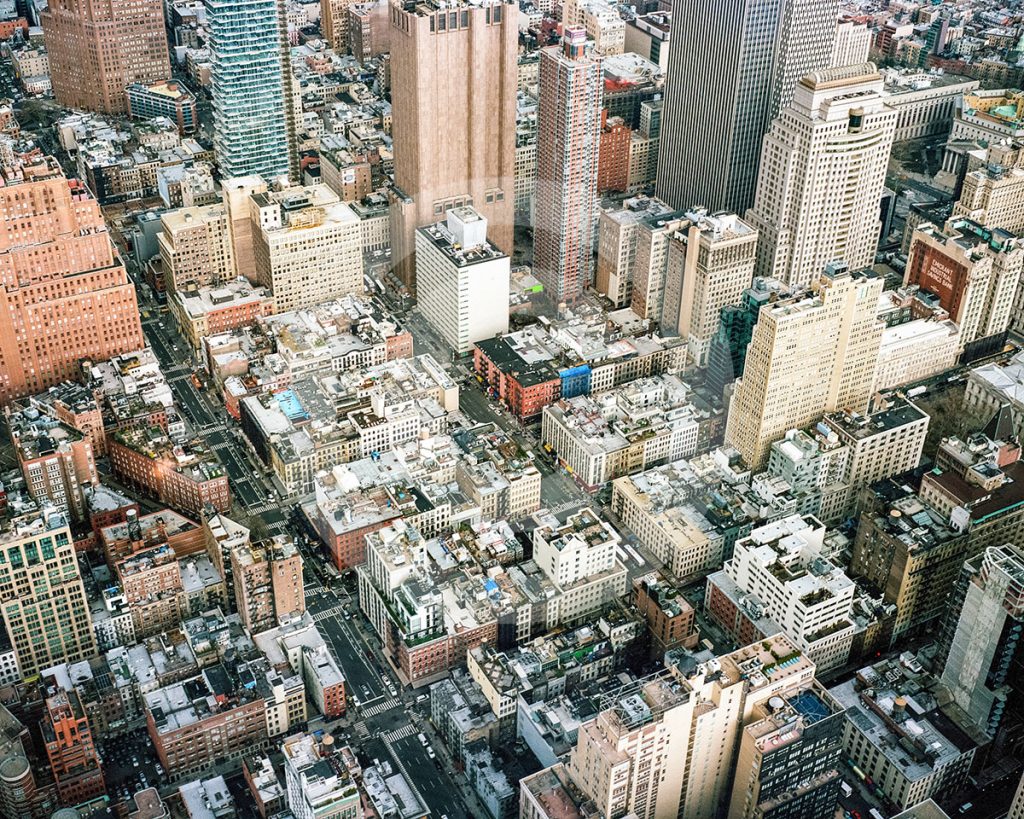
copyright © Daniel Foster










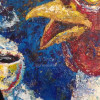
In response to Daniel’s remark about the the Orphan’s Work issue. Even though nothing is tabled, many comments are still being referred and reported upon by the copyright office.
Check this notice: https://www.copyright.gov/orphan/
On the matter of CC licences, I find it interesting that many blogs fill their space with CC licensed images without correct attribution, usually in the manner of a credit, thus… CC Flickr user, without even a link back.
They use many pictures to support each article they ‘write’ without any shame.
Pixsy.com have resolved two of my infrigements so far, not CC infringements, but straight forward theft, with more in the pipeline.